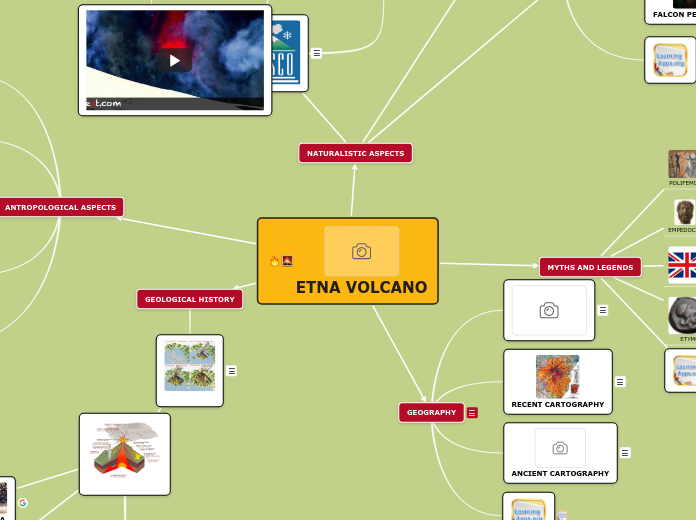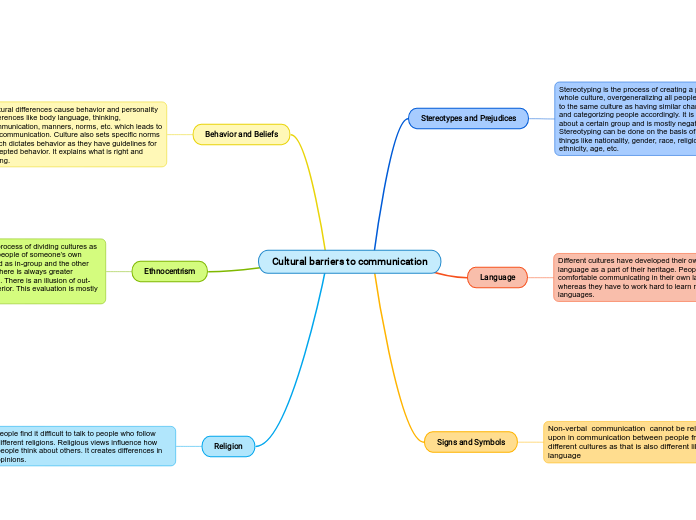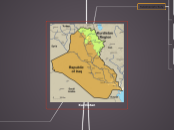by Tomas Brizuela 5 years ago
356
Watching for Dolphins
The poem delves into the interaction between humans and dolphins, exploring how people's motivations for watching these creatures are multifaceted. Initially, the dolphins are seen merely as attractions, but the poem hints at a deeper, almost divine connection, evoking religious imagery and mythological references.









